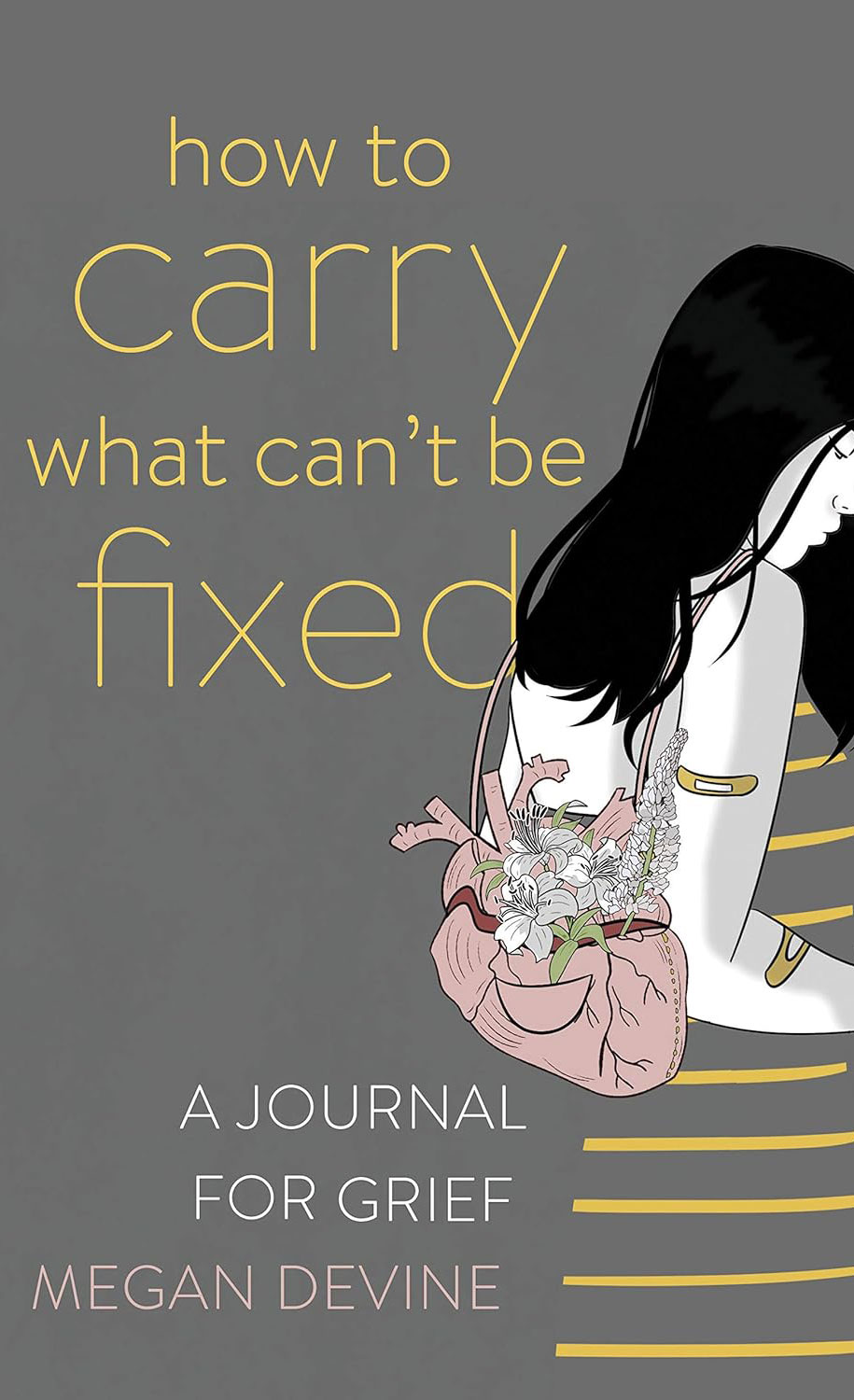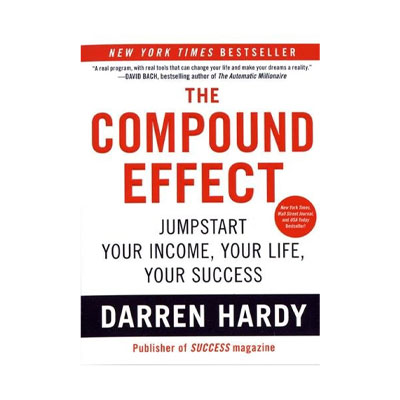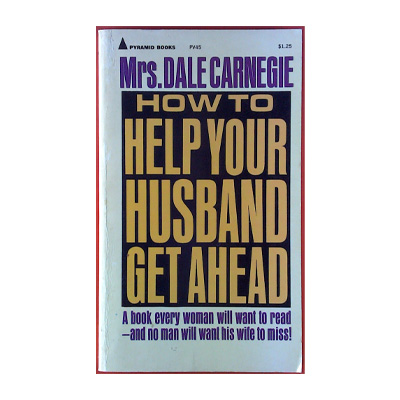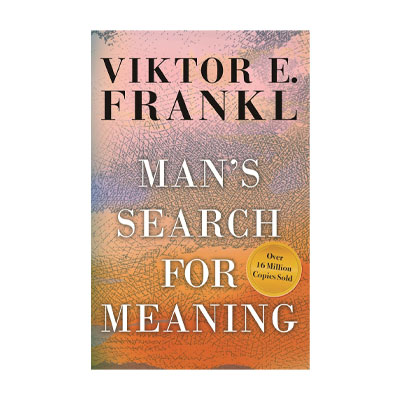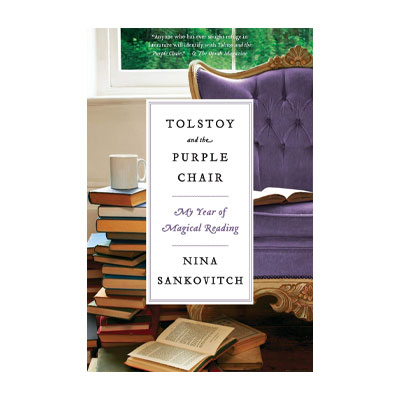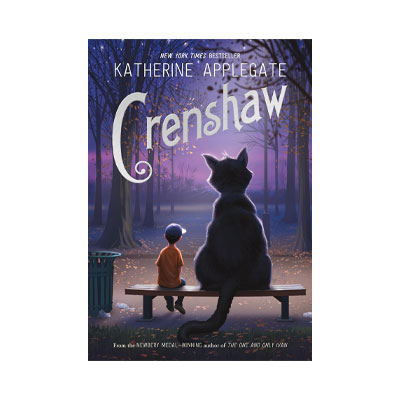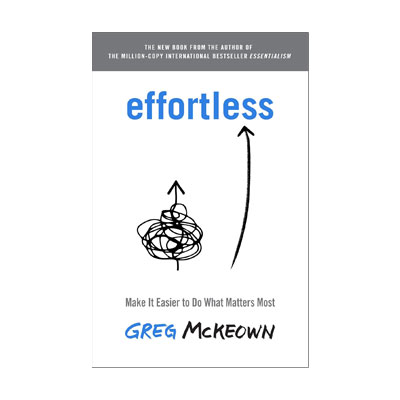Book Summary
In her book "How to Carry What Can't Be Fixed" Megan Devine teaches her readers how to protect themselves in the face of grief, helping them understand how to navigate and endure the mourning period more comfortably. Without a doubt, such a book will not serve as a substitute for medical treatment, but it can be considered a very suitable reference alongside solutions from the world of science. Losses and bereavements are among the greatest sufferings that every human experiences at various times in their lives, and these griefs, which primarily relate to the death of loved ones, lead to heartbreak.
Devine's first recommendation is to use distractions by engaging in activities such as painting and collage, allowing the grieving person to occupy their mind with these pursuits during the mourning period. Additionally, activities like watching movies, listening to music, and engaging in energizing activities make life more bearable and understandable for individuals. The honesty and kindness that readers learn from this work to confront their sadness with such tools are among the best achievements of Devine's writing. Avoiding clichés and not offering repetitive solutions enhances the appeal of the book and beautifully teaches the reader how to love themselves more and feel their moments fully, especially in situations of loss, by knowing the right solutions.
In the following lines, achieving a deep understanding of life is considered another turning point in this work. Ultimately, moving through grief and pulling oneself toward happiness or getting stuck in it are the two main options available to individuals, and the author conveys her main intention to enthusiasts through detailed explanations in various sections of her writing. Grief is not an illness that should be treated in a conventional manner; rather, it should be conversed with, and a way to live alongside it should be found. When a book offers a guide instead of merely delivering motivational messages, providing writing and drawing exercises for its audience, and includes checklists and interactive sections for confidential notes within its content, it beautifully makes everyone aware that they are facing extraordinary teachings, and step-by-step engagement with them brings benefits.
About the Author
Megan Devine is an American author, speaker, and psychologist born on September 30, 1970, in the United States. She completed her studies at Goddard College and Antioch University. She gained major recognition for her book "It's Okay That You're Not Okay," published in 2017. For years, she provided excellent counseling as a psychotherapist to help people confront their problems until she lost her husband in an accident. However, she continued her path with strength and collaborated with many mourners, publishing other works as well.
Who Should Read the Book?
From the explanations we have tried to provide in the introductory section, it is clear that reading this book is recommended for all individuals, including those who have struggled or are currently struggling with losses, such as losing loved ones. This psychological work contains elements that resonate with the bitterness of today’s world and is a recommendation that everyone in society should benefit from studying.
Table of Contents
Devine's book is divided into three sections and seventeen chapters, providing essential information for grieving individuals. The first section consists of 5 chapters, the second section comprises 6 chapters, and the third section also includes 6 chapters. Some chapter titles include:
- Withdrawing from Misguided Support
- The Lord of Two Worlds
- The Rough Roads Ahead
- Friends and Allies and Asking for Help
Book Quotes
Remembering that cooking utensils are in the drawer, not in the freezer, and that when you were looking for toilet paper, you left your keys under the bathroom sink, is not on the list of your brain's priorities. Use the circular diagram below to illustrate how your brain's one hundred units of energy are currently distributed. What is that ninety-nine percent being spent on? What is that one percent allocated to?
Grieving individuals do not win; if you express your emotions, people say you are too emotional and need to forget, and if you don't express them, they say you are in denial and need to face the truth. Honestly, it’s no surprise that most people keep their grief to themselves. The issue is that you should not resist all the pressure of grief at once; such a thing is impossible. There must be times when you can turn away, take your gaze off, and become numb to your grief. When grief is fresh, you are in that painful emotional wound every second of every day.
Why is my brain so unstable? Cognitive changes during mourning are common. Memory, perception, focus—these all require a lot of energy, and you don’t have the necessary energy. Think of cognitive changes like this: Suppose your brain needs one hundred units of energy daily. Now, the magnitude of grief, trauma, sorrow, and loneliness consumes ninety-nine of those energy units. That one remaining unit is what you have available for mundane life skills like organizing cars and funeral details. This remaining energy also needs to be spent on breathing and your heart beating, helping you access your cognitive, social, and communication skills. One of the fundamental problems people face during their losses is the reactions of those around them. If a person expresses their emotions too much, they are considered overly emotional, and if they control themselves, they are assumed to be in denial and unwilling to confront their grief. There are also a series of beliefs that need to be corrected; for example, it is not supposed to be that a person's mental state transforms abruptly from sorrow to joy in a short period of time. No, it never works that way; rather, sometimes one must maintain companionship with the existing grief, and conversely, at other times, one must lift their gaze and focus on other matters while showing the utmost compassion towards oneself.
Pain is important; it is overwhelming and pervasive. Some days, some moments, you can hold your gaze on your broken heart, and other days and moments, maintaining that gaze seems impossible. In moments when you are companioning with your pain, lifting your gaze from it when it becomes too much for you is considered self-compassion.
It’s okay to be numb to your pain and sorrow. Numbness is part of grief. When your loss weakens you and pulls you backward, needing to turn your gaze away is not only natural but a healthy act and an act of kindness.
Grief comes with blessings that accompany the true touch of loss; however, this does not mean that the exchange is fair—your life in exchange for the blessings you now have.
As long as we are discussing suffering, it’s a good time to talk about grocery stores. Grocery stores rank among the worst places for grieving individuals. If reasons don’t immediately come to mind, think about these things: all the things you no longer need to buy for your loved one, all the healthy and complete families that are everywhere, the music playing that seems designed to make people cry, and the occasional acquaintances who suddenly decide now is the best time to ask personal questions about your grief when all you want to do is grab your bananas and go home.
Sovereignty is a complete right and power held by a governing body without any interference from external resources or organizations. You have sovereignty in your grief; sovereignty means giving yourself the right to be yourself even when being yourself makes others uncomfortable. Sovereignty is the right to decide what has meaning and what brings peace and comfort. Only you should experience this, and only you have the right to decide what you need.
